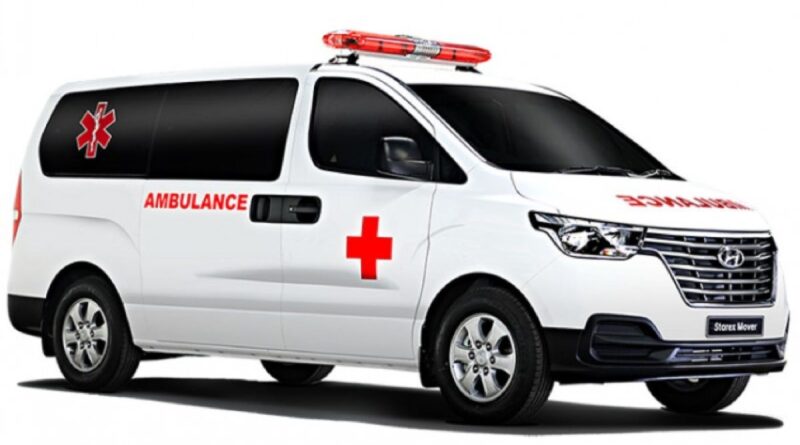Emergency Medical Services in Paradise: The Role of Ambulance Gili Air
Gili Air, a small tropical island nestled in Indonesia’s Lombok region, is widely known for its stunning beaches, crystal-clear waters, and relaxed island atmosphere. However, beyond its reputation as a paradise getaway, the island also faces unique challenges in providing emergency medical services. With no motorized vehicles allowed, the Ambulance Gili Air service plays a crucial role in ensuring the safety and well-being of both residents and tourists.
The Challenges of Emergency Medical Services on Gili Air
Unlike urban areas with hospitals and fast-moving ambulances, Gili Air’s remote location and strict ban on motorized transport present significant challenges for emergency medical services. Traditional ambulances, as seen in cities, are not an option here. Instead, the island relies on specially adapted carts, boats, and coordination with mainland medical facilities to provide life-saving care.
Some of the primary challenges include:
- Limited Infrastructure: Gili Air lacks large hospitals, relying on small clinics and emergency responders to handle medical issues until patients can be transported.
- Transportation Barriers: Without conventional ambulances, patients often need to be transported via bicycle carts or horse-drawn carriages to the nearest evacuation point.
- Dependence on Boats: Severe cases require transportation to Lombok via emergency boat transfers, which can be affected by weather conditions and sea tides.
How Ambulance Gili Air Works
Despite these challenges, Ambulance Gili Air operates efficiently to provide emergency medical aid. Here’s how the system works:
- First Response Teams: When an emergency call is made, trained medical responders arrive at the scene with first-aid kits and essential medical supplies.
- Transportation to the Evacuation Point: The patient is transported using modified carts or, in severe cases, carried to a speedboat waiting at the shore.
- Boat Transfer to Lombok: If the condition is critical, the patient is quickly transported to Lombok’s mainland hospitals, where they receive advanced medical treatment.
- Coordination with Medical Facilities: Clinics on Gili Air work closely with hospitals in Lombok to ensure patients receive the best possible care.
The Importance of Ambulance Gili Air for Tourists and Locals
For both tourists and locals, Ambulance Gili Air is a vital lifeline. Many travelers come to the island for diving, snorkeling, and other adventurous activities, which can sometimes lead to injuries, dehydration, or even diving-related illnesses like decompression sickness. Having an emergency response system in place is essential for handling such situations.
Local residents also benefit greatly from these services, particularly when it comes to pregnancy-related emergencies, chronic health conditions, or sudden accidents. Without an efficient medical evacuation system, minor medical conditions could quickly turn into life-threatening situations.
The Future of Emergency Medical Services on Gili Air
To enhance emergency medical response on Gili Air, ongoing efforts are being made to improve resources and infrastructure, including:
- Better Medical Training: Increasing the number of trained first responders on the island.
- Improved Medical Equipment: Supplying local clinics with more advanced medical equipment to handle emergencies more effectively.
- Enhanced Boat Ambulance Services: Ensuring faster, better-equipped boats are available for patient transfers.
While Gili Air may be a tropical paradise, emergencies can happen at any time. Ambulance Gili Air serves as an essential service for both residents and visitors, ensuring that medical help is available when needed. As efforts continue to improve emergency response services, both locals and tourists can feel safer knowing that help is just a call away, even in the heart of an island retreat.
